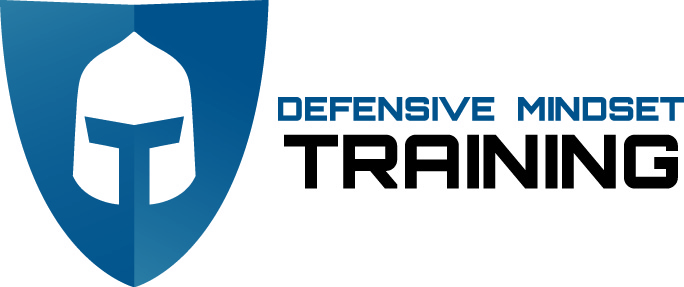Going Beyond the Permit
As a firearms instructor, the one of the most common questions people ask me is what’s next after a concealed carry course.
I would say that the worst thing you could do is focus on “getting comfortable” with your firearm. Usually that entails lots of live fire shooting, building bad habits and wasting a lot of money.
What is most important is developing skills within a complete system of defense.
The image below represents the complete system of defense that those carrying firearms for personal security should develop. Defense is not simply about carrying a firearm or being able to fire a shot. It’s having the ability to operate within the three “epochs” of defense: the Pre-Fight, Fight, and Post-Fight.
Pre-Fight
The Pre-Fight involves successfully identifying threats at the greatest distance possible and seeking to avoid conflict. You could simply call it Situational Awareness.
But Situational Awareness is much more than paying attention to your surroundings. What specifically should you pay attention to? That’s Threat Identification. How do you know when you need to pay a lot of attention, or only a little will do? That’s Environment Assessment. If you find a threat, what do you do? That’s called the Plan of Action.
The better developed you are in each of these areas, the quicker you can scan environments, identify potential threats, and have the neurological capacity to go quickly from identifying the threat to taking action. This is critical for anyone carrying a firearm for personal defense.
Fight
There are 5 areas of skill to develop in order to survive those 5-60 seconds where you are under immediate lethal threat. Think of these skills as tool boxes. As you read on, think about your own training. Which of these tool boxes are full and which are empty?
1. Physical skills are things like martial arts, or combatives. These are correct punches, clinch techniques, kicks, or ground fighting skills.
2. Defensive tools are anything that increases capability and decreases limitations. That could be your firearm, or a knife, flashlight, chemical spray, or even an improvised impact tool like a chair. For a particular tool, such as a firearm, what skills would be necessary for successful use of that tool under a lethal force encounter? Of course Shooting Fundamentals, but also Draw, Retention, Multiple Targets and Transitions, use of that firearm in Deterrence, fixing stoppages, and even transitioning from using the firearm as a shooting tool to an impact weapon. Punching holes in paper on a range won’t develop 99% of these skills.
3. Movement could be running, flanking, closing the distance, or staying mobile in a hand to hand or ground fight situation.
4. Deterrence is in the fight category because it needs to be trained to happen unconsciously. You will have to engage when your brain has been almost completely lost to the intensity of the stress that is a part of lethal force defense. You shouldn’t need to think about it, just go, which means it must be practiced much more intensely.
5. Combination is critical because each of these 5 elements should be able to work together, and training on most linear ranges immediately precludes 3 of the 4 previously described elements. Most ranges won’t let you start to move and flank. You definitely can’t start from a contact position, creating space with physical defense skills and transitioning to the firearm. You certainly won’t be allowed to rush the target to strike with your empty firearm on most ranges. (Working with DMT being a major exception.) Yet it is critical that you have these experiences. Your brain will only do as you condition it to do.
Post-Fight
Your defense doesn’t end when the bad guy is down. You now must justify your actions to Law Enforcement and a district prosecutor. You may have to defend your actions before a jury. How you respond after those shots have been fired may make all the difference.
Think about your Miranda Rights. You have the right to remain silent, anything you say can and will be used against you in court. Not for you, but against you. And what you say includes your 911 call, your first step into your legal defense. Do you have a legally defensible 911 call memorized and practiced?
Oh, and by the way, armed and amped up Law Enforcement officers will shortly be arriving on scene, and most likely with firearms drawn. They may not identify you as the victim, and if they see you walking around with a firearm they might assume that you’re the threat. It would not be the first time that arriving Law Enforcement shot the “good guy” assuming that they were the “bad guy.” Are you prepared to make an effective response to Law Enforcement’s arrival?
What if you’re injured in the fight? Do you know how to apply a tourniquet or an occlusion dressing so that you or another innocent that may have been injured survives?
It’s obvious that just having a permit to carry a concealed handgun isn’t enough. To be successful you’ll need to expand your knowledge to all three Epochs of Defense. DMT can help you.


